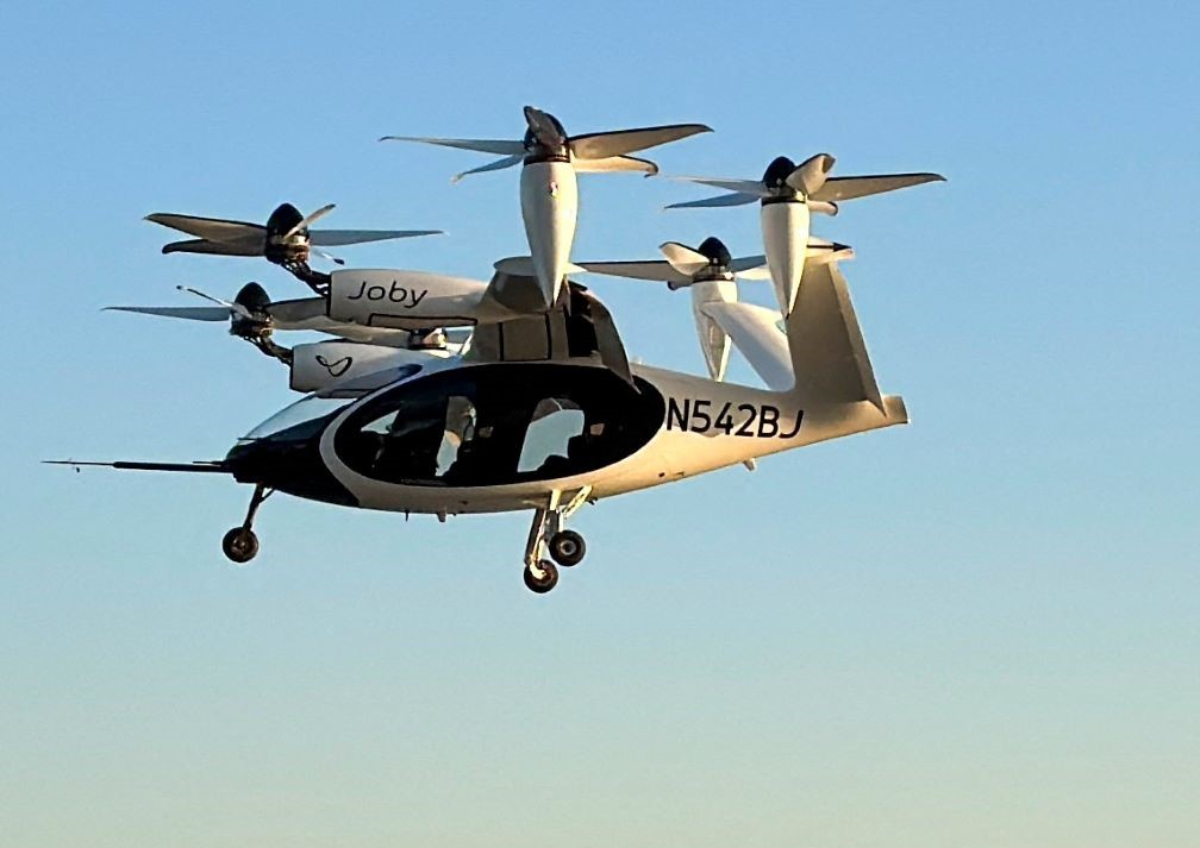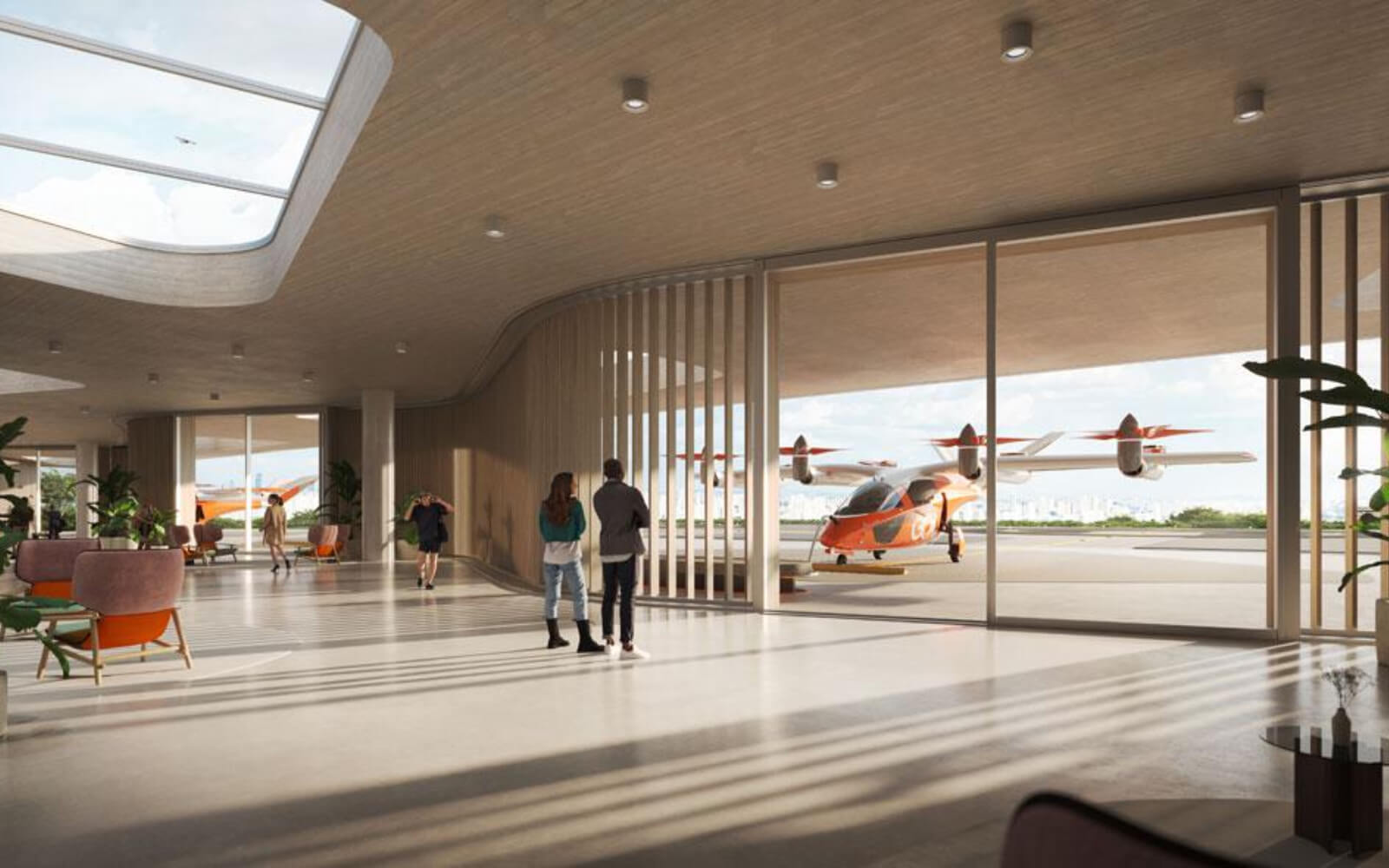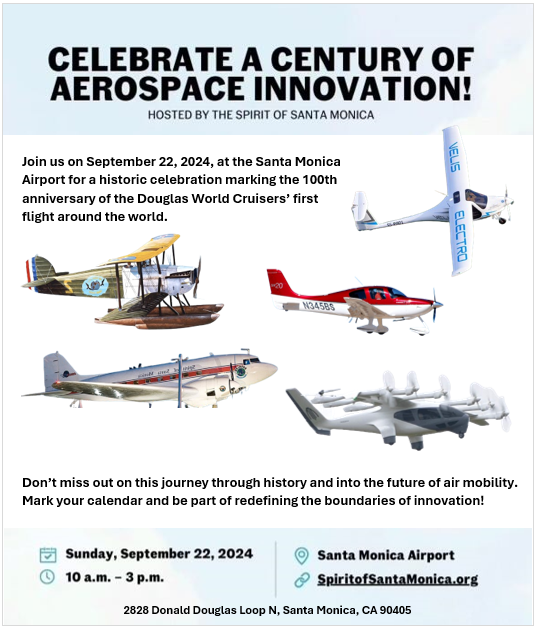
Manufacturers Joby Aviation, Archer Aviation, and Wisk Aero are among the firms using the agency’s Overflow technology.
Whether you love them, hate them, or are in the process of building them, electric vertical takeoff and landing (eVTOL) air taxis have a key hurdle to overcome: noise. Air taxi manufacturers are turning to NASA for assistance.
According to the space agency, “several” eVTOL companies are deploying a NASA computer program to model their future operations and the noise they will produce. The program, called Overflow, was developed in the 1990s. But NASA tells FLYING it has made “significant improvements” to its code to improve its usefulness for the industry. The code is publicly available for download.
Manufacturers developing technology related to NASA’s Advanced Air Mobility (AAM) Mission—which explores passenger transport, cargo delivery, public service, and other applications for eVTOL designs—are being granted an early look at how their propellers, wings, and other components may perform in action.
Whether you love them, hate them, or are in the process of building them, electric vertical takeoff and landing (eVTOL) air taxis have a key hurdle to overcome: noise. Air taxi manufacturers are turning to NASA for assistance.
According to the space agency, “several” eVTOL companies are deploying a NASA computer program to model their future operations and the noise they will produce. The program, called Overflow, was developed in the 1990s. But NASA tells FLYING it has made “significant improvements” to its code to improve its usefulness for the industry. The code is publicly available for download.
Manufacturers developing technology related to NASA’s Advanced Air Mobility (AAM) Mission—which explores passenger transport, cargo delivery, public service, and other applications for eVTOL designs—are being granted an early look at how their propellers, wings, and other components may perform in action.












